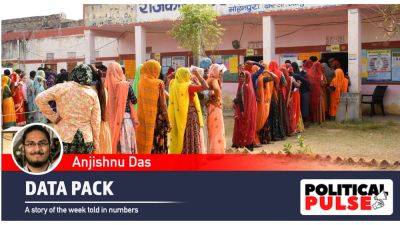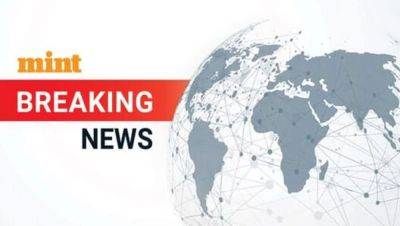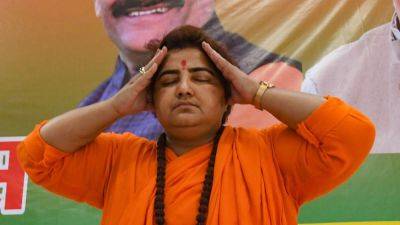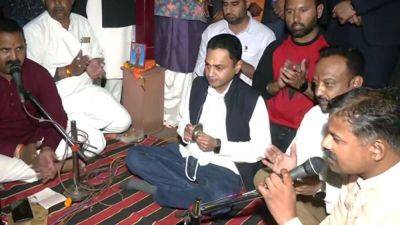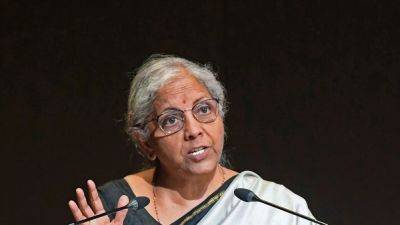From Rs 25,000 in first polls to Rs 95 lakh now: What Lok Sabha candidates can ‘officially’ spend
With the general elections underway, among the Election Commission’s (EC) key responsibilities is monitoring poll expenditure, both by parties and individual candidates, through its own observers and state and Central enforcement agencies. While there is no cap on how much parties can spend, candidates are limited to Rs 95 lakh for Lok Sabha constituencies and Rs 40 lakh for Assembly seats. In some smaller states and Union Territories, the cap is Rs 75 lakh and Rs 28 lakh for the Lok Sabha and Assemblies, respectively.
The spending limits have been increased over the years, including from 2019, when these were Rs 70 lakh for Lok Sabha candidates and Rs 28 lakh for Assembly contenders.
The expenditure limit refers to the amount a candidate is allowed to legally spend on election campaigning, including public meetings, rallies, advertisements, posters and banners, and vehicles. All candidates are required to submit their expenditure statement to the EC within 30 days of completion of an election.
The EC frequently revises the spending limit, largely based on cost factors and the increasing number of voters. In 2022, the last time the cap was revised, the EC had formed a committee and invited suggestions from political parties, chief electoral officers and election observers, and found that there had been a substantial increase in the number of electors and Cost Inflation Index since 2014. The Cost Inflation Index (CFI) — used to estimate the increase in prices of goods and assets year-on-year due to inflation – has gone up from ‘240’ in 2014-15 to ‘317’ in 2021-22.
In the first general election in 1951-52, Lok Sabha candidates were allowed to spend a maximum of Rs 25,000, and just Rs 10,000 in some Northeastern states. The


